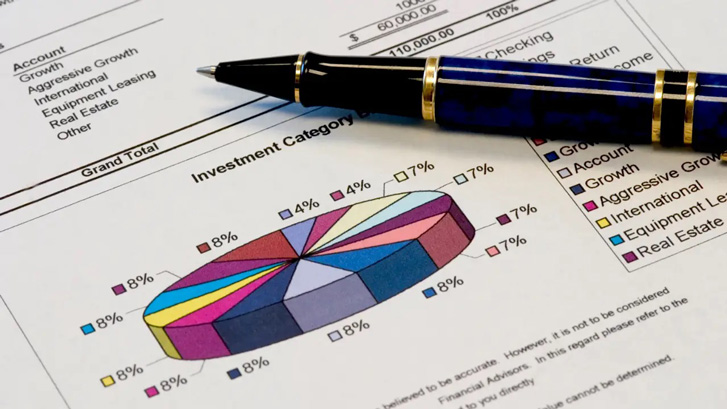Position trading in stock trading
Position trading in stock trading is a specific strategy that differs from other types of trading.

It is based on long-term investment and requires careful market analysis and patience on the part of the trader.
Position trading, by definition, is a strategy in which traders hold positions for an extended period of time, sometimes months or even years.
At the same time, thanks to modern technologies, in this strategy, along with purchase transactions, sales transactions without delivery of an asset can also be used.
- Thorough market analysis before opening a position
- Monitoring general economic trends
- Using technical analysis to determine optimal entry and exit times
- Patience and ability to hold positions over long periods of time
Day trading and scalping require active participation and quick response to market fluctuations, position trading requires a longer-term approach and patience.

This makes position trading an ideal choice for traders who prefer long-term investments and do not want to constantly monitor the market.
Advantages of positional trading in trading
One of the main advantages of positional trading is the ability to profit from long-term trends.
Traders can avoid the daily stress of rapidly changing markets and instead focus on more stable and predictable trends.
Additionally, position trading requires less time and attention since traders do not need to constantly monitor the market. This makes it an ideal choice for those who cannot devote full time to trading.
Potential Risks and Disadvantages of Position Trading
However, position trading also has its disadvantages. One of them is the potential risk of large losses.
Because positions are held for a long time, traders can face large losses if the market moves against their position. An example is the current situation with the price of gold; the precious metal is currently selling at a price of $1,900 per 1 troy ounce.
Many investors bought gold above this price and are losing money, although most analysts agree that gold will rise in price over time.
In addition, position trading requires more initial capital to withstand possible market fluctuations.
Relatively low profitability is also a disadvantage, because the same amount of money can bring much more profit if used in short-term strategies.
Basics of long-term strategy
The main strategies for positional trading include the use of fundamental and technical analysis .
Fundamental analysis involves studying economic indicators, financial reports, and industry news to determine the overall health of the economy and individual industries.
Technical analysis, on the other hand, uses historical price and volume data to predict future price movements.
The tools and indicators used in positional trading help traders determine the optimal moments to enter and exit positions.

Some of the most common tools and indicators are:
- Trend indicators such as moving averages, bollinger bands, Ultra wizard help to study trend patterns
- Oscillators, relative strength index (RSI) and stochastic indicator , identify support and resistance lines.
- The minimum and maximum price points give an idea of how high the current price level is.
The use of auxiliary tools will help traders maximize their profits and minimize risks.
How to choose the right assets for positional trading
Selecting assets for positional trading requires a deep understanding of the market and the ability to analyze long-term trends.
The most popular assets for this type of trading are stocks, indices, currencies and commodities. It is important to choose assets with high liquidity and a stable trend, this will help minimize risk.
For purchase, assets are selected whose price is currently at its lowest level in several years and begins to rise under the influence of fundamental factors (positive news). When selling transactions, an overbought asset is taken, for which a downward trend .
Tips for Managing Risk in Position Trading
Risk management is an integral part of any trading strategy, especially when trading positionally. One of the most effective ways to manage risk is to diversify your portfolio.

Investing in different assets and sectors helps mitigate potential losses. It is also important to set clear loss limits and stick to them to avoid significant losses.
Despite the fact that long-term transactions practically do not use leverage, you should not forget about setting stop losses, while limiting the level of losses.
Finally, regular market monitoring and analysis will help you quickly respond to changes and make the right decisions.
Behavior of totals
In the field of investment and trading on the stock exchange, positional trading occupies an important place; its main advantage is the ability to diversify the portfolio, which is not always possible in short-term transactions, when all attention is focused on one asset.
This strategy involves long-term investment in assets based on their potential profitability and stability, making it an ideal option for those who prefer to play it safe and invest for the long term.
- Reduce risk by spreading investments
- Opportunity to invest in various assets and markets
- Long-term profit potential
- Resistance to short-term market fluctuations
Position trading is a key element of a successful investment strategy, providing portfolio diversification and opening up new opportunities for profit on the stock exchange.
